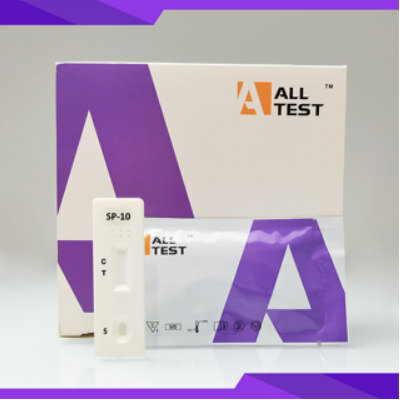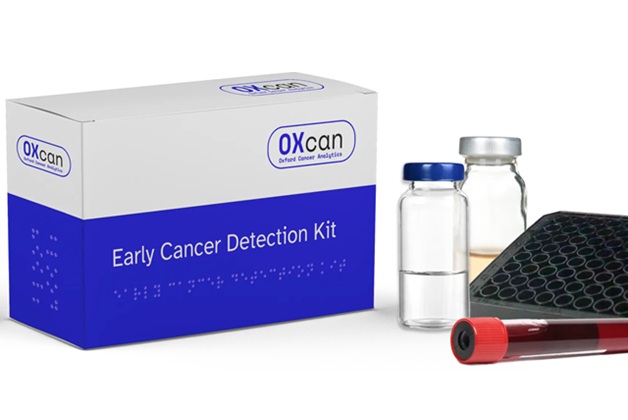CSF Biomarker Test Detects Alzheimer's Pathology Earlier
Posted on 11 Feb 2025
Many elderly individuals who have amyloid-beta plaques in their brains never develop the cognitive symptoms associated with Alzheimer’s disease during their lifetimes. The Alzheimer’s Association’s widely adopted diagnostic framework specifies three neuropathological factors essential for diagnosing the disease: the combined presence of tau and amyloid-beta pathology, as well as neurodegeneration. Since amyloid-beta pathology typically precedes tau abnormalities in Alzheimer’s disease, most biomarker research has concentrated on the early detection of amyloid-beta changes. However, the formation of tau protein clumps into well-organized structures known as “neurofibrillary tangles” is a more defining feature of Alzheimer’s disease because it is more closely linked to the cognitive decline observed in affected individuals. Now, years before tau tangles can be detected on brain scans of Alzheimer’s patients, a biomarker test is available to identify small amounts of the tau protein prone to clumping, as well as its misfolded pathological forms found in the brain, cerebrospinal fluid, and potentially even blood.
The cerebrospinal fluid biomarker test developed by researchers at the University of Pittsburgh School of Medicine (Pittsburgh, PA, USA) correlates with the degree of cognitive decline, independent of other factors such as brain amyloid deposition. This opens up possibilities for diagnosing the disease at an earlier stage and providing timely intervention. Earlier research by the team showed that a brain-specific form of tau, called BD-tau, can be measured in blood and reliably indicates the presence of Alzheimer’s disease-related neurodegeneration. Several years earlier, the researchers demonstrated that specific forms of phosphorylated tau, including p-tau181, p-tau217, and p-tau212, in the blood, could predict the presence of brain amyloid-beta without requiring expensive and time-consuming brain imaging. However, these tools largely detect amyloid pathology, meaning the challenge of detecting tau at early stages remains. While tau-PET scans are a reliable and accurate method for assessing tau burden in the brain, the test is constrained by factors such as availability, low resolution, high cost, labor demands, and sensitivity. Currently, tau-PET scans can only detect neurofibrillary tangles when they are numerous, which indicates advanced brain pathology that is not easily reversible.

In their latest study, published in Nature Medicine, the researchers used biochemistry and molecular biology techniques to identify a core region of the tau protein crucial for neurofibrillary tangle formation. By detecting specific sites within this 111-amino acid region, which they call tau258-368, the test can identify tau proteins prone to clumping and help initiate further diagnostic procedures and early treatments. Notably, the two new phosphorylation sites, p-tau-262 and p-tau-356, can accurately indicate the onset of early-stage tau aggregation, which could potentially be reversed with appropriate intervention. This test can detect the earliest stages of tau tangle formation—up to ten years before tau clumps are visible on a brain scan. Early detection is critical for more effective Alzheimer’s therapies, as studies have shown that patients with minimal to no detectable insoluble tau tangles are more likely to benefit from new treatments compared to those with significant tau deposits in the brain.
“Amyloid-beta is a kindling, and tau is a matchstick. A large percentage of people who have brain amyloid-beta deposits will never develop dementia. But once the tau tangles light up on a brain scan, it may be too late to put out the fire and their cognitive health can quickly deteriorate,” said senior author Thomas Karikari, Ph.D., assistant professor of psychiatry at Pitt. “Early detection of tangle-prone tau could identify the individuals who are likely to develop Alzheimer’s-associated cognitive decline and could be helped with new generation therapies.”
Related Links:
University of Pittsburgh School of Medicine














